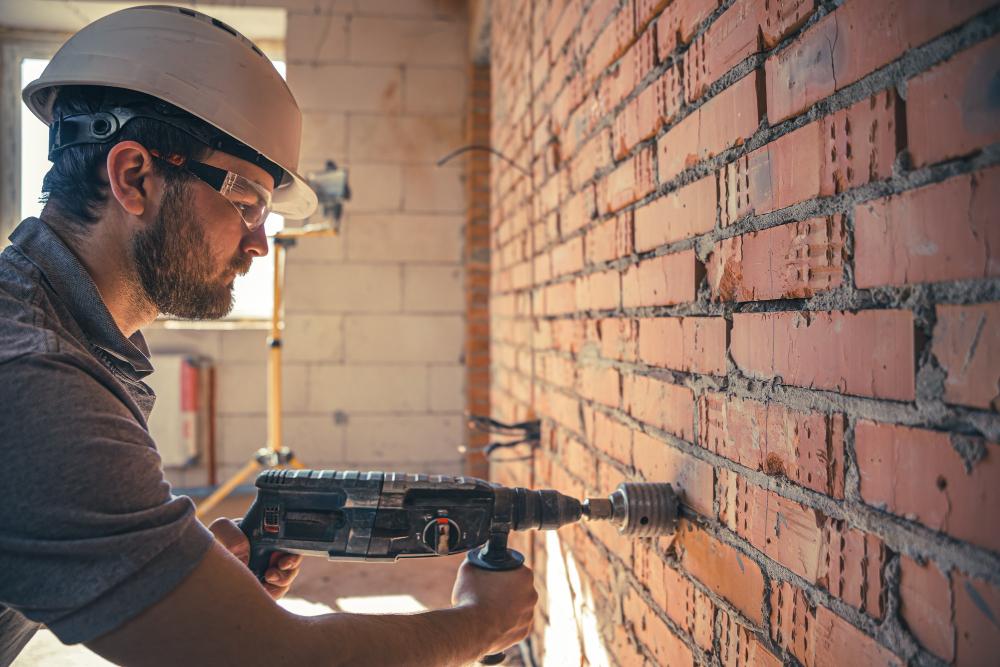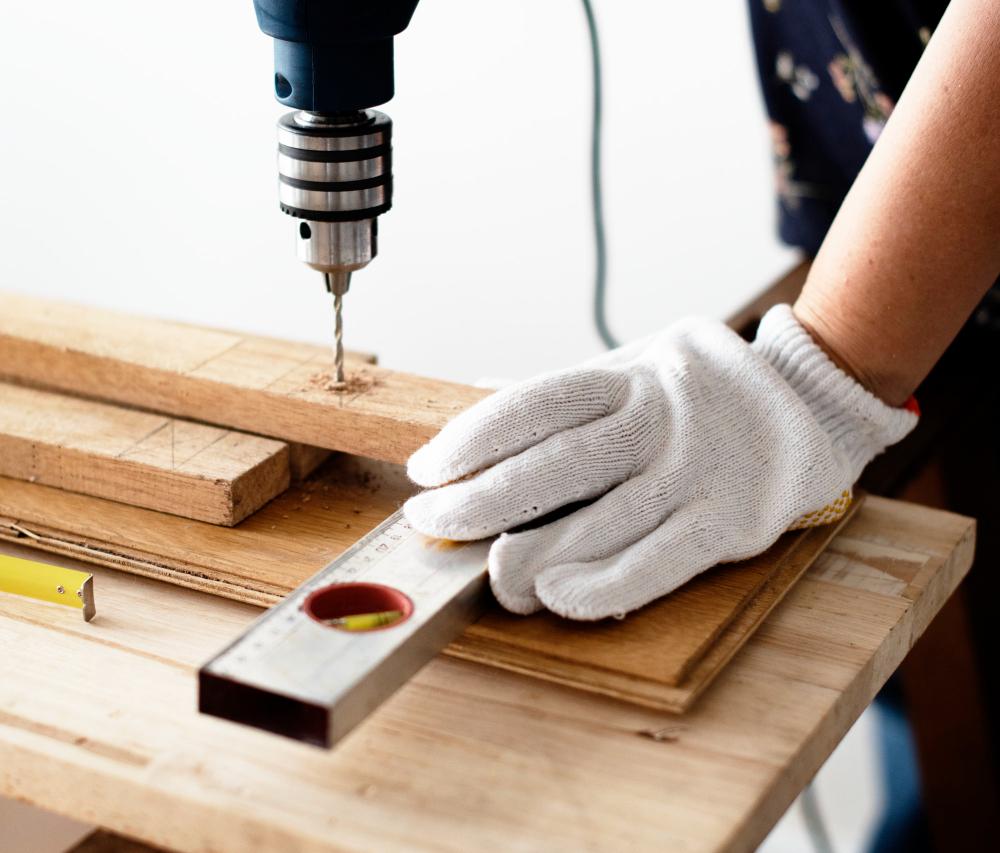When planning a renovation or remodeling, choosing the right contractor is half the success. Whether it's a bathroom, kitchen, or a complete refresh, a good specialist saves time, money, and nerves — and provides you with a predictable result with a guarantee. In this guide, you will find practical steps on how to define the scope, compare offers, and choose a reliable contractor for home construction work.

When you really need a professional
DIY is tempting, but when it comes to plumbing, electrical work, waterproofing, plastering/finishing, and tiling, the cost of mistakes is high. If there are hidden defects, a tight deadline, or complex coordination (multiple tasks and tradespeople), hire a crew or a proven professional with experience in similar projects..
Clearly define the task: scope → materials → timeline → budget
Describe the rooms, quantities (sq.m.), desired materials/classes, type of installation, and specifics (acoustics, thermal insulation, wet areas). Add a timeline and a budget guideline. The clearer your briefing, the more accurate and comparable offers you will receive..
How to compare offers correctly
Look for a breakdown by activities: preparation (demolition/removal), main works (thermal/hydraulic/plastering), finishing (paint, joints, silicones). Check if materials, transportation, scaffolding, cleaning, warranty, and schedule are included. Compare not only the price but also the technology, brands, stages, and responsibilities..
Useful reading on the attitudes in choosing: Myths about specialists: it's time to get informed, not to guess — debunks common myths and helps you evaluate proposals based on facts, not legends.

Selection criteria: trust, evidence, and control
• Experience and portfolio: look for "before/after" projects in the same style/materials as yours .
• Reviews and communication: pay attention to how they explain the decisions and risks.
• Licenses/insurance/contract: contract with specifics (scope, duration, warranty, penalties).
• Quality control: stage acceptance (hidden works, moisture/evenness samples).
The balance between aesthetics and feasibility is key — see also Designer vs. Foreman: When to Listen to Aesthetics and When to Reality, to make decisions that look good and work long-term.
Signals for refusal
Unclear offers "by eye," promises of "we'll start tomorrow" without consideration, unwillingness to provide a contract/guarantee, lack of specific brands/technologies, excessively low prices compared to the market, or refusal of staged payments. It is better to look for another contractor than to "save" today and pay for corrections tomorrow..
Request offers from verified teams:

How to finalize the selection
Gather 2–3 detailed quotes, confirm the timeline and dependencies between activities (drying time for screeds/plasters, delivery deadlines for materials) and the conditions for access to the site (keys, passes, working hours). Sign a contract with stages, guarantees, and acceptance protocols. Appoint a contact person and a schedule for updates. This way, you keep the project under control and minimize surprises..
Conclusion
The successful renovation starts with a clear specification and ends with the right team. Invest time in comparing offers, choose based on evidence rather than promises — your home will "say" thank you with a lasting and beautiful result..